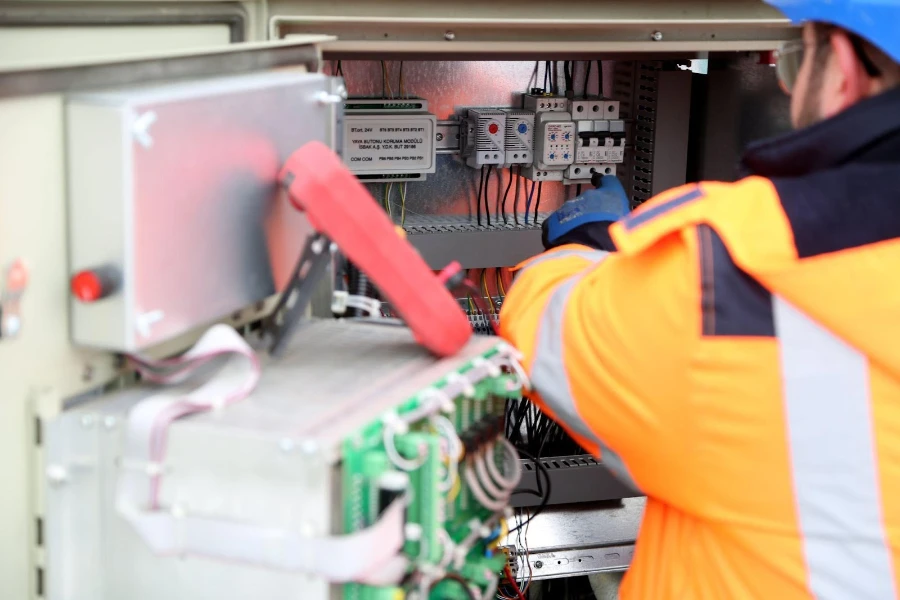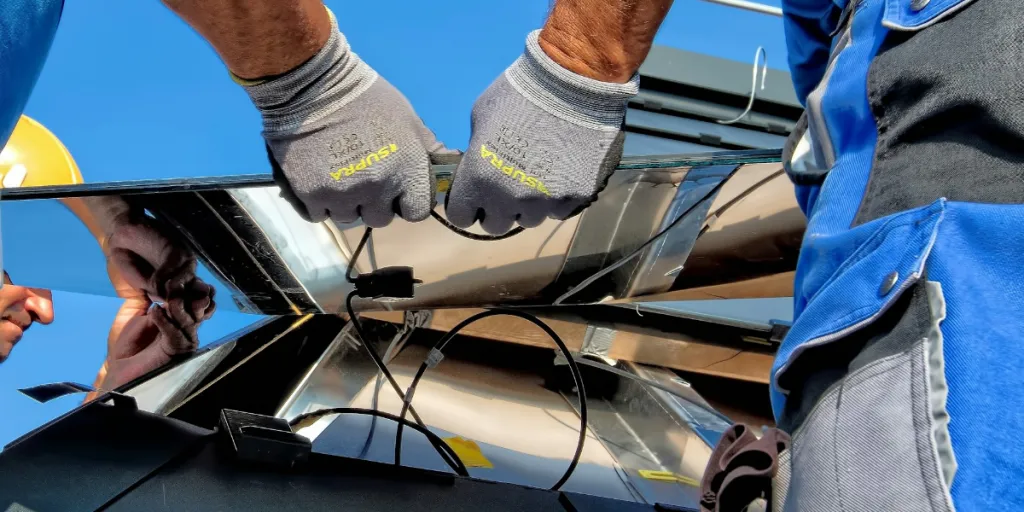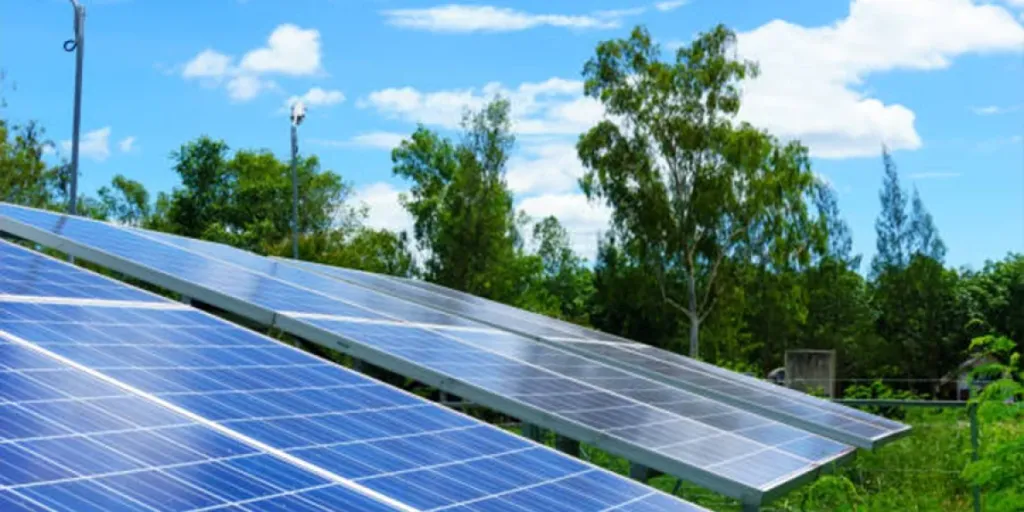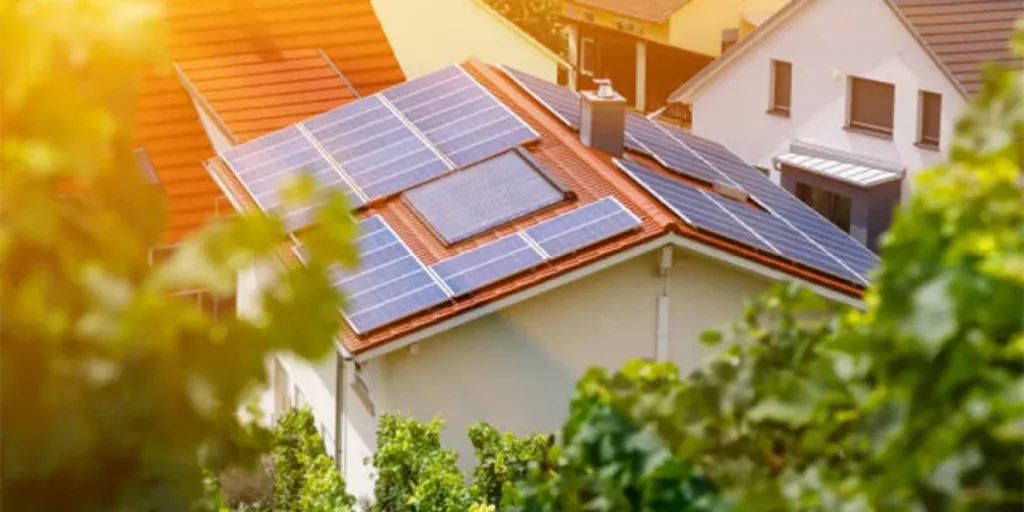Solar inverters are a key component of any solar system as they convert the energy generated by solar panels into a source that can be used with most modern electrical appliances. Solar inverters have become popular in recent years as many households continue to embrace solar energy, whether to lower their energy costs, embrace sustainable living, or improve access to a power source. This means there is rising demand for solar inverters, giving retailers an opportunity to cater to this growing trend.
There are, however, a myriad of solar inverters available in today’s market, which is why this article outlines some practical tips that will allow retailers to source the best solar inverters for a range of needs and applications in 2024.
Table of Contents
What are solar inverters?
How do solar inverters work?
What types of solar inverters are on the market?
How to choose the right solar inverter for your needs
Is there a demand for solar inverters?
Should you buy a solar inverter?
Conclusion
What are solar inverters?
Solar panels create direct current (DC) energy, however, most house-hold electronic systems today require alternating current (AC) energy. This means that without something to convert the energy from DC to AC, a solar power generator is rendered useless for our everyday needs. Enter the solar inverter, an electricity converter that is an absolute necessity for any functional solar energy system.

How do solar inverters work?
To understand how an inverter works, we must first understand the basics of electricity.
How is electricity formed?
Electricity is found in electrons. These electrons are found randomly moving around the copper atoms that are inside copper wire. However, electrons that move around randomly are of no use in the production of functional electricity.
To make the electrons go toward the area where we want to provide electricity, we apply pressure in the shape of a voltage. This voltage pressure forces the electrons to move in one direction until they reach home again, whereby the pressure will push them forward again, creating a continuous flow of electrons.
How is DC formed?
Electrons will always try to make their way back home. So, by placing something in their path, such as a lamp, they are forced to go through it and in doing so, will provide electricity to it. In this way, electrons are all pushed forward together, bringing electricity to the desired area. This single-direction, uninterrupted current is a DC.
How is AC formed?
To create an alternating current, we must first reverse the current and then reverse it again repeatedly. This will create a current that constantly goes back and forth, in alternation. To create a usable alternating current, the alternating trajectory must be made in smooth increments to create a steady flow, thereby creating a wave of electricity. Once the wave becomes regular and has smooth increments and decreases in electricity, it is known as a sine wave.
How does an inverter convert electricity from DC to AC?
Inside an inverter, a controller automatically opens and closes switches to direct the voltage, and therefore pressure. This will therefore push the electrons in one direction or another. These switches are opened and closed multiple times per cycle and in a pulsating pattern, with each pulse varying in width and output. This creates an alternating current in a wave pattern, which gives us the sine wave of electricity needed to power electrical items.
What types of solar inverters are on the market?
There are five main types of inverter, each of which cater to different needs:
- Off-grid inverters work off-grid, making them solely compatible with solar energy systems and perfect for those looking to generate and use solar electricity independently. These inverters are not connected to the grid, meaning they are unaffected by power outages and are therefore great backup power sources.
- Hybrid inverters combine electricity from a solar power system with electricity provided by the grid. This creates a fusion of energy sources and means there will always be enough energy to power the loads needed. Hybrid inverters are capable of conducting charge to batteries and back to the grid, making them a great option for power storage and selling power.
- Grid-tied inverters must be tied to the grid to work. They are not compatible with batteries, meaning no power will be stored, and they will automatically switch to grid power when the sun stops producing enough energy. Grid-tied inverters are perfect for households with no storage capacity as they provide continuous electricity.
- Microinverters are smaller inverters that fit directly onto the solar panel. Microinverters are beneficial for roofs with many angles, since having multiple inverters means low output from shaded solar panels will not affect the output of those solar panels still in the sun.
- String inverters are single inverters that function with many solar panels connected in a string. This means a lower cost than a microinverter, since only one inverter is needed, but it can mean a loss of power if one or more of the solar panels in the string is not operating at its full potential.
How to choose the right solar inverter for your needs
The type of solar inverter needed varies depending on the power output required, the location, and the budget. Consider the following when choosing a solar inverter:
- The amount of electricity needed will be the main factor determining inverter size. Power outputs range from 1-2 kW, capable of powering TVs, fridges, phones, or a small cabin with a few lights to 8-16 kW, capable of powering large off-grid homes, small businesses, or farms. The most commonly bought solar panel will provide about 4-8 kW, as these are capable of powering most off-grid homes.
- The input charge, or size and number of solar panels being used, is another important aspect to consider since too much DC input can overpower the inverter. As a rule, the inverter’s maximum solar DC output voltage should not exceed the maximum DC input voltage listed in the inverter’s specs. Alternatively, you can choose to buy a solar inverter with a built-in solar charge controller.
- Whether power storage is required or not will also affect the size and type of inverter needed. For example, a grid-tied inverter is not compatible with batteries while a hybrid inverter is.

Is there a demand for solar inverters?
With the threat of 1.5°C ever nearer, governments are placing renewed importance on renewable energy solutions. This means more solar and wind farms, as well as increased investments in hydro power, among others.
Solar power is the only one of these renewable energy sources that produces DC, and is therefore the industry with the biggest need for inverters. However, solar is also the most popular type of renewable energy among households, since it is silent, can be used nearly everywhere, and is easy to install. This means that there is a great demand for inverters among homeowners, rural and urban businesses, and solar farms alike.
Moreover, although wind and hydro electricity is generated in AC, it is often converted into DC when being sent long distances; as DC loses less electricity than AC when traveling. This means that an inverter is needed to convert it back into AC when it reaches its destination.
The demand for inverters is huge and still growing, with leaders reaffirming their commitment to a transition to clean energy in December 2024 at the COP28 summit.
Should you buy a solar inverter?
If you are looking to set up a solar system in your home, business, or farm, you must have a solar inverter for the system to be able to power your needs. However, the type of solar inverter you need will depend on the power input and output of your system, your battery storage requirements, and whether or not you wish to be connected to the grid.

Conclusion
The global transition to a green economy means local governments are increasing incentives for homeowners to invest in home solar systems, all of which require home solar inverters. Additionally, on a national level, the green transition means more reliance on renewable energies for global power. This has led to a sharp rise in solar farms, all of which require solar inverters. Additionally, other renewable energy systems require inverters to reconvert the DC used to move energy around the country back into usable AC current.
This all means the demand for inverters for solar panels and other renewable energy sources is growing at an exponential rate. Electrical energy requirements are also continuously increasing, with previously fossil fuel-reliant machines becoming electric and more people having the disposable income to invest in electrical items. To learn more about the key trends in the global energy industry, and to browse a range of quality solar panels and inverters, head to Alibaba.com.




